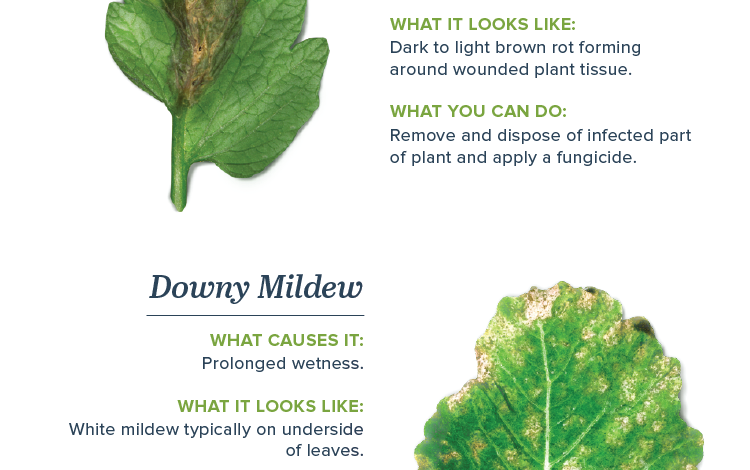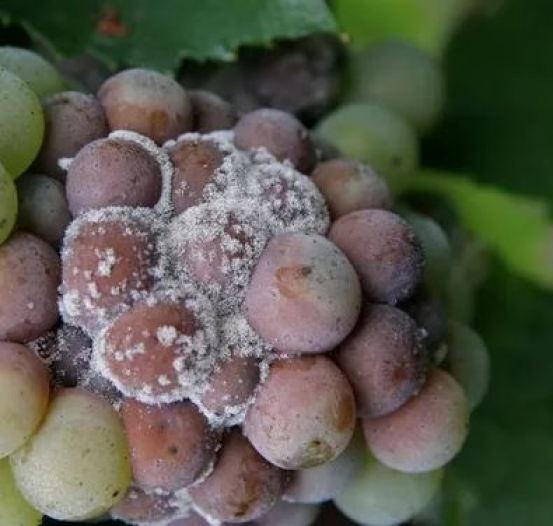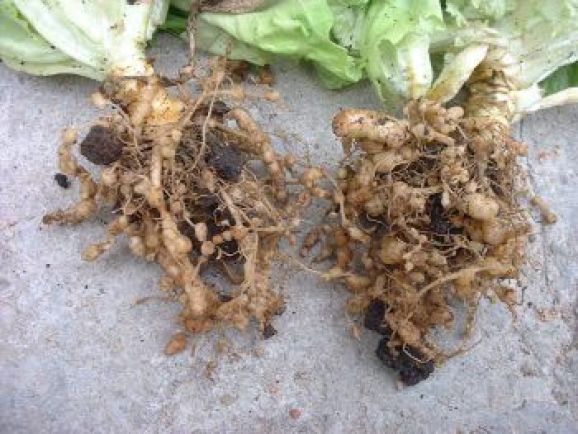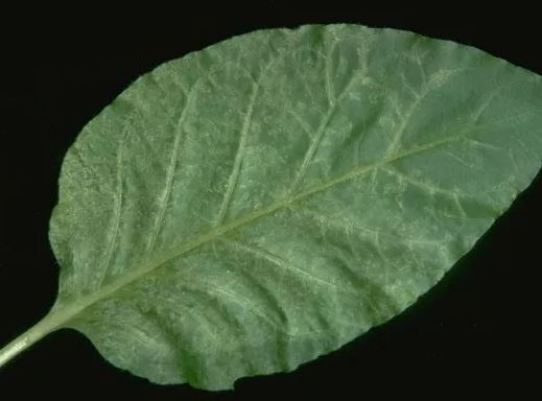Types of Diseases in Plants: Complete Guide with Photos

Today we will talk about the diseases that can affect vegetables, their symptoms and how to prevent these diseases in garden plants. We have already seen it other times, but it is worth remembering the difference between diseases and pests. Plant diseases (which we will talk about today) are caused by microorganisms, while pests are caused by insects or animals.

Types of diseases in garden plants
I have noticed that the post « Most common pests in the garden » has been quite successful among our readers. I think it is because these types of general entries are very useful, especially for people who do not have much experience growing and identifying garden problems, so I have decided to do the same with the most common diseases in the garden.
Almost all the information is already in other posts in the «Pests and diseases» category, so I will tell you about the most common plant diseases and I will redirect you to other articles where you can find more extensive information about each of these problems.
1. Fungal diseases
In my opinion, they are the easiest to identify because you can usually see the mycelium of the fungus (white, black spots and/or a kind of white or grayish dust or fuzz), although they also have other symptoms such as yellow spots on the leaves.
The most common fungi in the garden are Mildew, Oidium and Botrytis. It is best to prevent them by reducing humidity as much as possible, using crop associations with aromatics that can prevent them, etc. In the post « Prevention and ecological treatments for fungi in the garden « you have some more keys to prevent their appearance and to eliminate them if they appear on your plants.

2. Diseases caused by nematodes
They are perhaps the least common, but these plant diseases are serious, since their causes (microscopic worms that live in the soil) affect the roots and can spoil the entire harvest.

Also, like viruses, nematodes can remain dormant in the soil for years, so it is best to disinfect it if you have had problems with them. In the post « Nematodes: what they are and what to do if they cause problems in the garden « you have some preventive measures and techniques to reduce their populations in the soil.
3. Diseases caused by bacteria
We haven’t talked about them yet in Agrohuerto, so I leave it pending to continue delving into the diseases caused by bacteria (we will make a more specific post talking only about these diseases).
For the moment I will tell you which are the most common and what crops they can affect:
- Bacterial spot (Xanthomonas): produces elongated spots on the fruits, and black spots (necrosis) with yellowish halos on the leaves. It can affect all vegetables.
- Tomato Necrosis (Pseudomonas): The upper part of the leaves wilt and turn yellow when the tomatoes begin to ripen. Dark brown or black spots appear on the stems. If they are cut lengthwise, it can be seen how the tissues also have a dark coloration.
- Bacterial canker (Clavibacter michiganensis). The first symptoms are wilting, curling and bronzing of the leaves. It is a disease that is transmitted by the vascular bundles, so if a cut is made in the stem, brown discolorations can be seen inside. Leaves are lost and bumps and spots appear on the fruits. Similar spots can also be seen on stems and petioles. Affects tomatoes, peppers and other nightshades.
- Soft rot (Pectobacterium). Produces soft rot and «black foot». It mainly affects tubers and bulb plants (such as onions and garlic).
There are some more, there is still much to say on this topic!
Let us tell you that to prevent them without using chemicals or artificial bactericides , crop rotation is key (as it happens with most problems in the garden), and also treatments with Copper such as Bordeaux mixture, which you can make yourself or buy in a specialized store. (Copper treatments also serve to prevent and treat fungi).
4. Diseases caused by viruses
They are very dangerous because virus-infected plants cannot be cured: they must be uprooted and disposed of with the greatest hygiene measures possible so that they do not infect other plants in the garden.

One of the main symptoms of diseases caused by viruses is yellow leaves, but there are many types of viruses and therefore different symptoms. You can see some of them and the plants they affect in the post « Viruses in garden plants. What are they and what to do «
Be careful and keep pests such as aphids, red spiders or whiteflies at bay because they are often the ones that transmit viruses. If viruses have affected your garden, solarization or biosolarization are effective methods to disinfect the soil and prevent plants from being infected for years to come.
References
- Romanazzi, C., Feliziani, E. (2014).Chapter 4 – Botrytis cinerea (Gray Mold). Editor(s): Silvia Bautista-Baños, Postharvest Decay, Academic Press,131-146.
- Elad, Y., Malathrakis, N., Dik, A. (1996).Biological control of Botrytis-incited diseases and powdery mildews in greenhouse crops. Crop Protection,15(3), 229-240.
- Li J, Liu X, Yang X, Li Y, Dexian C (2018).Proteomic analysis of the impacts of powdery mildew on wheat grain. Food Chemistry, 261, 30-35.
I hope you have found it to be a good summary of garden plant diseases. If you have experience with these or other diseases that have affected your plants, or have any questions about them, do not hesitate to leave your comment. Cheers!

![Photo of Reproduction by Cuttings: What is it? How does it work? [Guide]](https://www.complete-gardening.com/wp-content/uploads/2022/08/reproduction-by-cuttings-what-is-it-how-does-it-work-guide-390x220.png)

![Photo of Ocean Climate: [Characteristics, Flora, Fauna and Adaptability]](https://www.complete-gardening.com/wp-content/uploads/2022/08/Que-es-el-clima-oceanico-300x208-1.jpg)
![Photo of Tree Cuttings: [Concept, Period, Rooting and Planting]](https://www.complete-gardening.com/wp-content/uploads/2022/08/tree-cuttings-concept-period-rooting-and-planting-390x220.png)